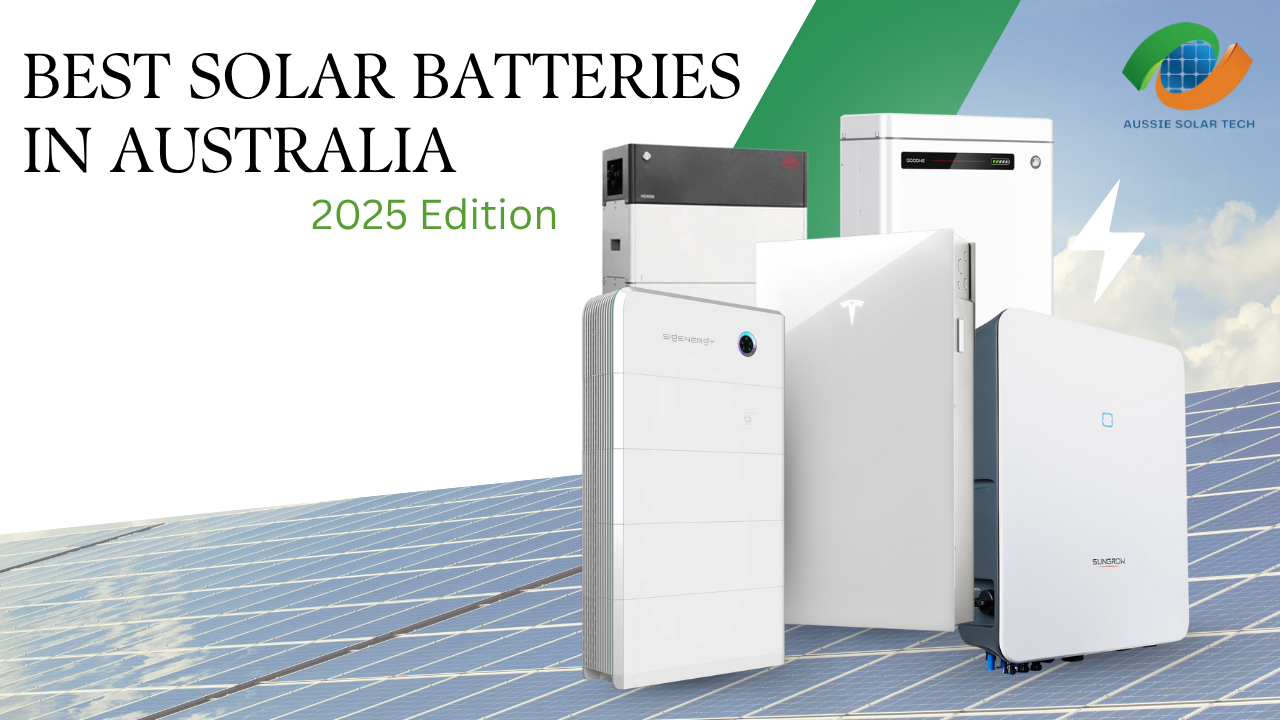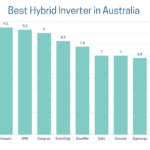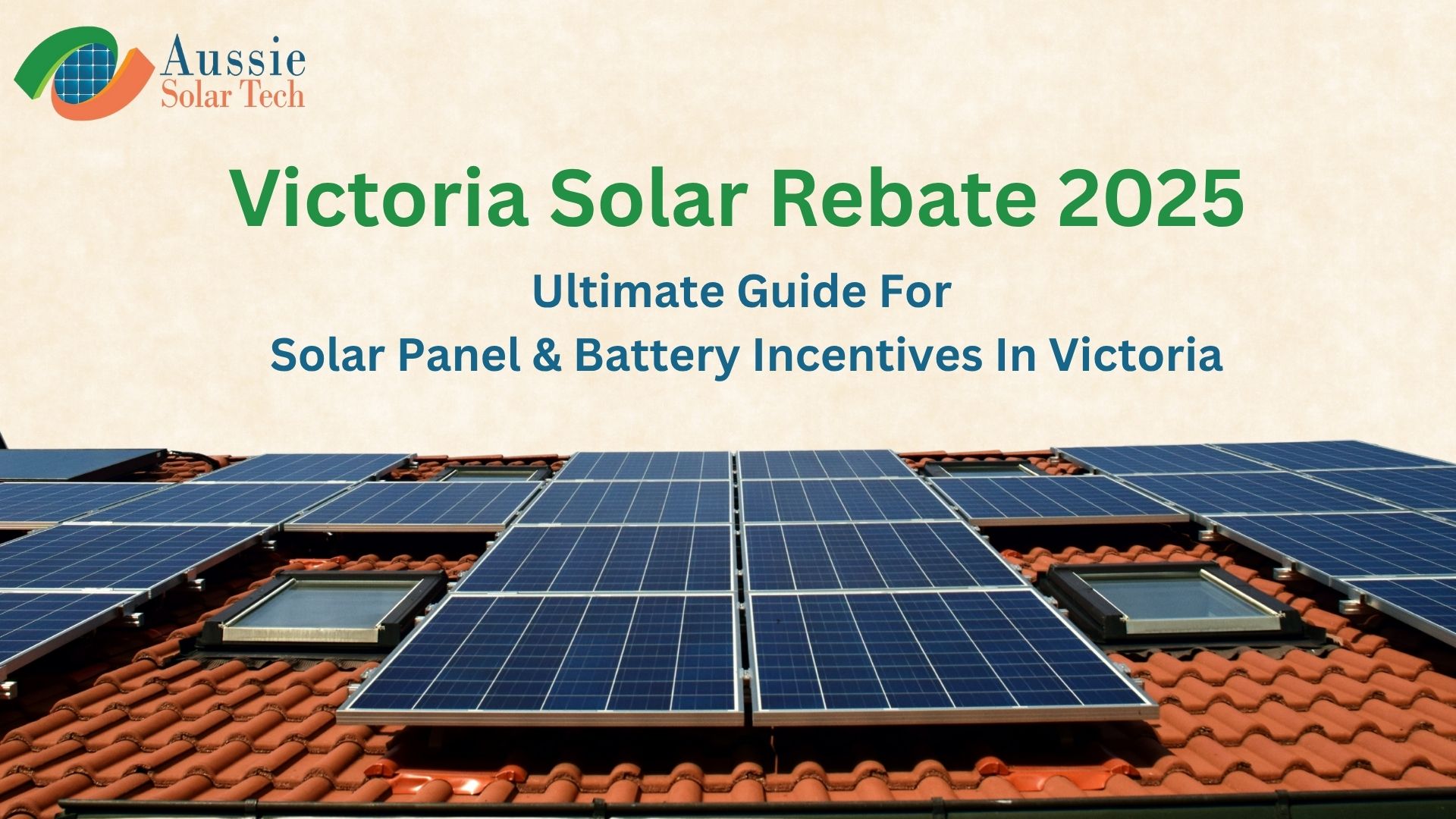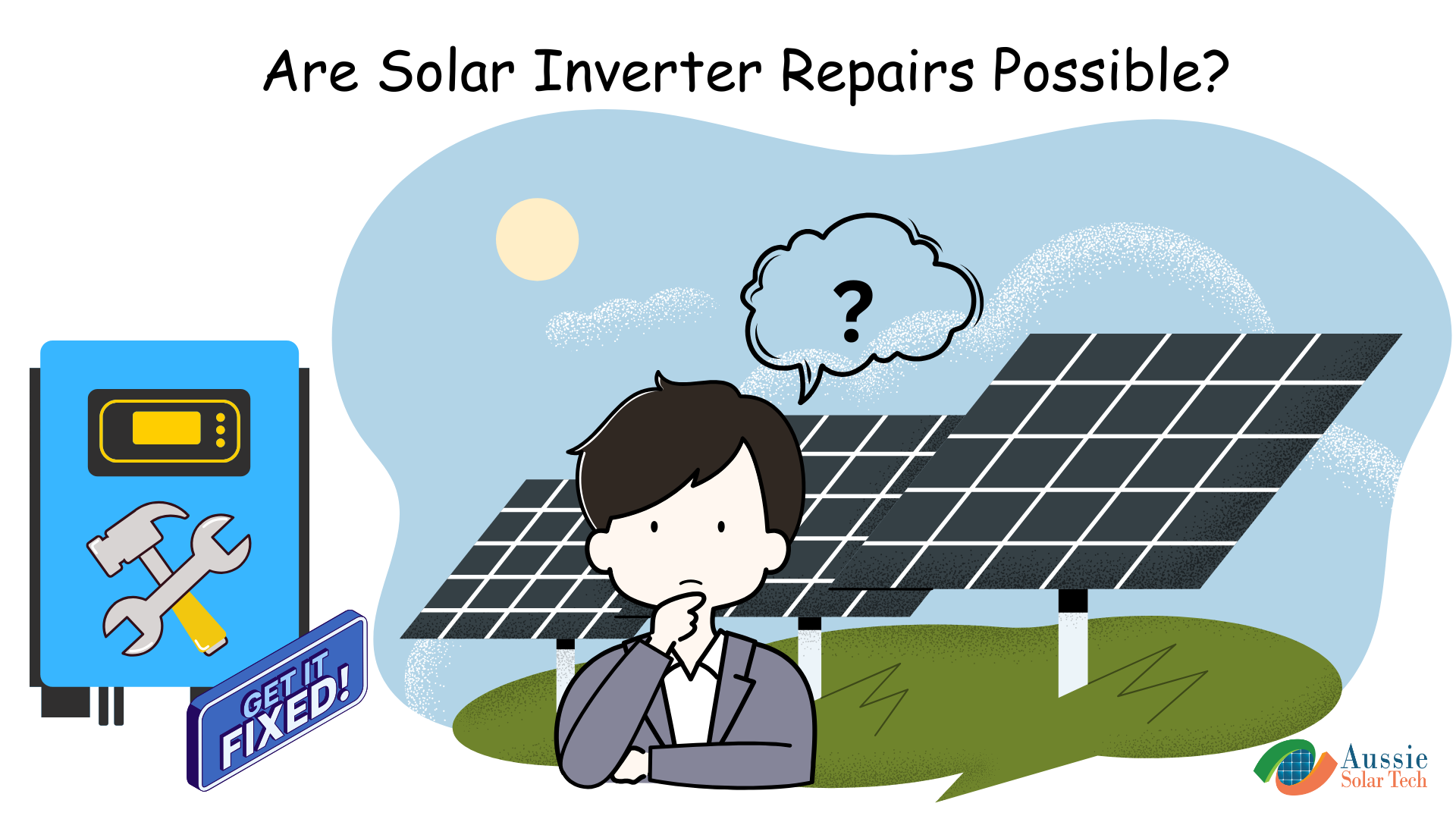Tesla Powerwall 2 vs Tesla Powerwall 3: Comparison In Australia
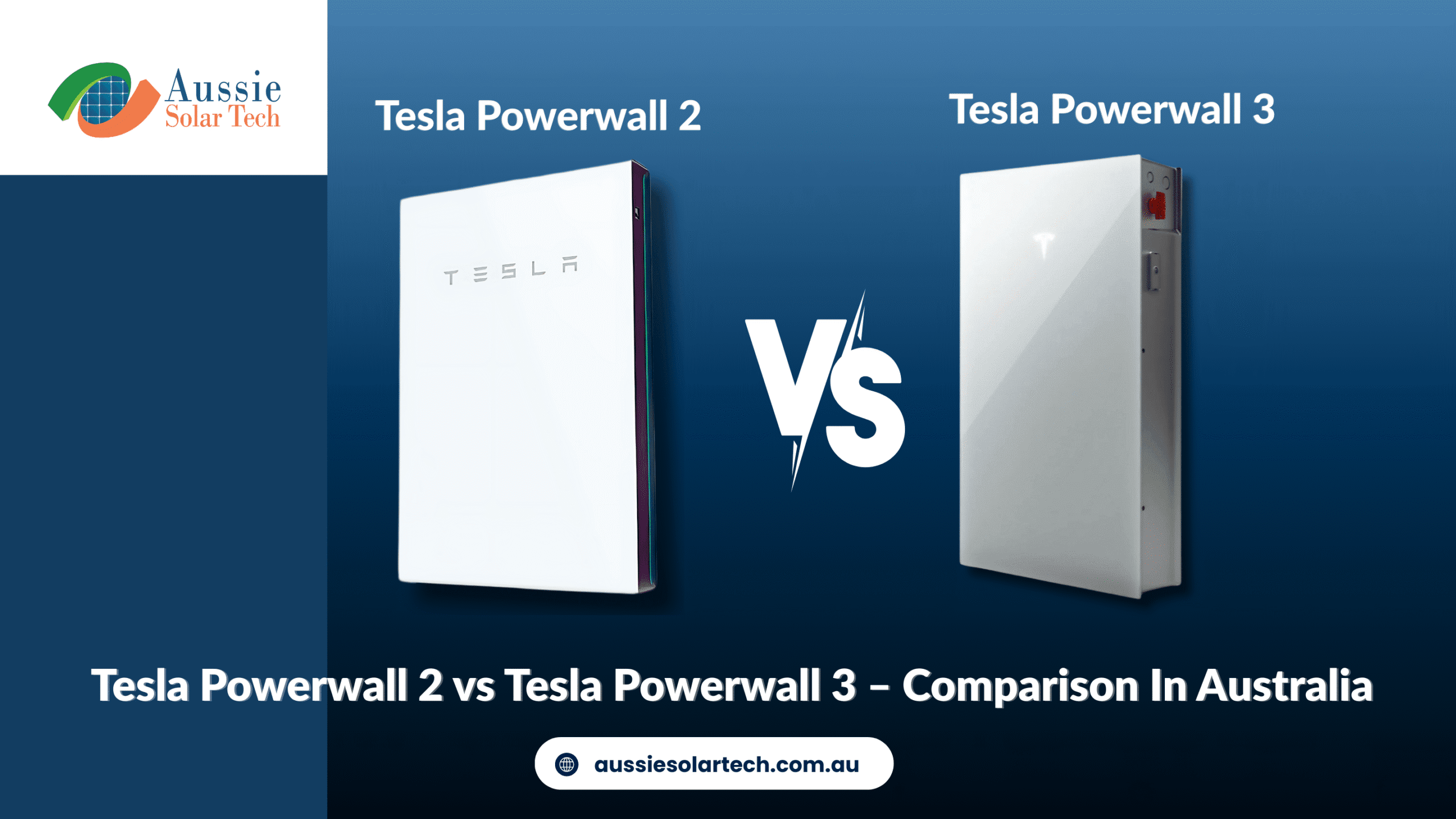
In This Article
ToggleTesla Powerwall 2 vs Tesla Powerwall 3: which is the right choice for your home in Australia? As home energy storage becomes increasingly vital in today’s solar-powered households, choosing the right battery can make a significant difference in energy savings and efficiency. Tesla’s Powerwall series has revolutionized the way homeowners store and use solar energy, making solar systems smarter, more reliable, and more independent than ever before.
The Tesla Powerwall 2 has long held the reputation as one of the most trusted and widely used residential batteries, thanks to its reliable performance, affordability, and strong compatibility with solar panel systems. Now, with the arrival of the Tesla Powerwall 3, homeowners are presented with a newer, more advanced solution that promises higher power output, better integration, and smarter control features.
But when it comes to real-world performance, capacity, pricing, and installation scenarios, how do these two models truly compare? In this detailed comparison, we’ll explore everything you need to know before deciding between the Powerwall 2 and Powerwall 3 for your home.
Common Features Shared by Tesla Powerwall 2 and Powerwall 3
Despite the years between their releases, Tesla Powerwall 2 and Powerwall 3 still retain several identical features that continue to make them top choices for home energy storage. Both models offer 13.5 kWh of usable energy capacity, which provides sufficient backup for most households during outages or low-sunlight periods. When it comes to installation flexibility, homeowners can opt for either floor or wall mounting options, ensuring these units can be installed neatly regardless of available space. Additionally, they are both designed for single-phase grid setups, making them compatible with most Australian homes.
Their charging rate is steady at 5 kW, which helps optimize battery use during the day and night without straining the system. Importantly, both models are engineered to operate reliably in a wide temperature range from –20°C to 50°C, making them suitable for diverse Australian climates — from Darwin’s heat to Tasmania’s chill. Lastly, Tesla backs both Powerwall 2 and Powerwall 3 with a 10-year warranty, reinforcing their long-term value and dependability.
The comparison table of Tesla Powerwall 2 and Tesla Powerwall 3 :
| Feature | Tesla Powerwall 2 | Tesla Powerwall 3 |
| Battery type: | Lithium-ion NMC | Lithium Iron Phosphate |
| Dimensions (mm): (H x W x D) | 1150 x 753 x 147 mm | 1105 x 609 x 193 mm |
| Weight: | 251.3 lbs / 114 kg | 272.5 lbs / 124 kg |
| Energy capacity: | 13.5 kWh | 13.5 kWh |
| Continuous output: | 5 kW | 11.04 kW |
| Maximum solar input: | 0 kW | 20 kW |
| Operating Temperature: | Up to 50° | Up to 50° |
| Scalable: | Supports up to 10 units in parallel | Supports up to 3 units in parallel |
| Blackout protection: | Yes | Yes |
| Depth of discharge: | Maximum 100% DOD (adjustable) | Maximum 100% DOD (adjustable) |
| Integrated inverter: | No | Yes |
| Compatibility: | AC-coupled | DC or AC-coupled |
| Warranty: | 10-year warranty | 10-year warranty |
| Installation: | Floor or wall mounted Indoor or outdoor | Floor or wall mounted Indoor or outdoor |
| Certifications: | U.S. and international safety and EMI standards | U.S. and international safety and EMI standards |
Power and Efficiency: Key Differences Between Tesla Powerwall 2 vs Tesla Powerwall 3
● Power Output: Both models provide a storage capacity of 13.5 kWh, but when it comes to pure power, the Tesla Powerwall 3 takes the lead. It delivers 10 kW continuous and 11.04 kW peak output, making it more compatible with high-energy appliances. On the other hand, the Tesla Powerwall 2 gives 5 kW continuous and 7 kW peak power, which is suitable for average household use.
● Inverter Integration: One of the major upgrades in the Tesla Powerwall 3 vs Tesla Powerwall 2 comparison is the integration of a hybrid inverter. The Powerwall 3 includes an inverter built-in, reducing installation costs and simplifying the process. In contrast, the Powerwall 2 requires a separate inverter unit, making the overall setup slightly more complex.
● Efficiency: The DC-coupled design of the Powerwall 3 provides better efficiency (96–97%) compared to the AC-coupled Powerwall 2 (92–93%). This improved efficiency in energy conversion plays a critical role when maximizing solar usage in Australian homes.
Installation and Practical Design Considerations
● Size and Weight: Although the Tesla Powerwall 3 is slightly smaller in height and width, it is deeper and heavier, weighing 130 kg compared to the Powerwall 2’s 114 kg. This extra weight should be considered when planning an installation, especially in tight areas.
● Mounting and Mobility: Tesla’s updated bracket design with adjustable feet and an included dolly makes the Powerwall 3 easier to install. For Australian homes with limited space, this could be a significant advantage over the Powerwall 2.
Battery Technology and Long-Term Durability
● Battery Chemistry: In terms of technology, the Tesla Powerwall 3 vs Tesla Powerwall 2 debate includes a change in battery chemistry. Powerwall 3 uses Lithium Iron Phosphate (LFP) cells, known for stability and environmental safety. In contrast, Powerwall 2 uses Nickel Manganese Cobalt (NMC) cells, which have higher energy density but lower thermal stability.
● Cooling System: Powerwall 2 features a liquid cooling system, which is quiet and stable under heavy loads. The Powerwall 3 opts for an air-cooled system with internal fans. While this reduces cost and simplifies design, it may generate more noise in operation, something to consider for homeowners who value silent systems.
● Operating Temperature: Both batteries operate from -20°C to 50°C, making them suitable for diverse Australian climates from hot Darwin summers to chilly Tasmanian winters.
Backup Load Management Capabilities
One critical factor for Australian homeowners is how well a battery can handle specific backup loads. The Tesla Powerwall 2 offers reliable backup for essential loads like lighting, refrigeration, and some small appliances. However, when the system encounters a heavy demand — such as running a full electric kitchen or a pool pump — it may reach its limits quickly.
In contrast, the Tesla Powerwall 3 has been designed with more powerful load management in mind. Thanks to its integrated hybrid inverter and significantly higher continuous output, it can support larger and more simultaneous loads without external upgrades. This makes it a better fit for fully electric homes or those planning future upgrades like electric vehicles or home automation
Real-Time Load Control and Smart Scheduling
While both Tesla Powerwall models integrate with the Tesla app, their actual functionality differs when it comes to automation and smart energy control. The Powerwall 2 provides good scheduling features and usage history, but Powerwall 3 elevates this by offering more advanced real-time load shifting and dynamic phase balancing.
This means the Tesla Powerwall 3 can decide — in real-time — where to send energy: either to the grid, to home use, or to storage, based on solar generation, battery levels, and energy tariffs. For those enrolled in time-of-use electricity plans or demand-based pricing, this gives Powerwall 3 users a clear advantage in managing energy costs more effectively
Tesla Powerwall and Off-Grid Potential: Which Is Better?
Going off-grid in Australia is becoming more common, especially in rural or semi-rural areas. In this scenario, energy independence isn’t just about storage capacity — it’s about how well the battery can handle daily cycles without grid input. The Tesla Powerwall 2 can certainly support off-grid setups, but its reliance on an external inverter and lower output may require more units for a fully functional system.
Powerwall 3, with its integrated inverter and high solar input capacity (up to 20 kW), is better suited for off-grid ambitions. It can accept more solar energy directly, manage home loads more efficiently, and reduce the need for additional components. If your long-term goal is complete independence from the grid, the Powerwall 3 offers a more future-ready design.
Value and Cost: Which One is Worth the Price?
● Pricing: As of now, the Tesla Powerwall 3 is approximate priced at AUD $13,850 (excluding installation) including the Backup Gateway 2, while the Tesla Powerwall 2 approximate costs about AUD $10,700 (excluding installation) including the Backup Gateway 2. The $3,150 difference may be justified by the Powerwall 3’s integrated inverter and enhanced power capabilities. The installation cost of Powerwall 2 & Powerwall 3 including labor and necessary upgrades, can range from $1,000 to $3,000 depending on the installation location, difficulties and additional requirements.

● Scalability: Powerwall 3 is more scalable long-term. While Powerwall 2 supports up to 10 units in parallel, Powerwall 3 supports up to four units now, and starting Q1 2025, Tesla will allow battery-only units for up to 16 stackable modules, totaling up to 216 kWh — a huge step forward in residential and commercial use.
Home Energy Use Cases for Tesla Powerwall 2 vs Tesla Powerwall 3 in Australia
When thinking about daily energy needs, different households have different priorities. The Tesla Powerwall 2 may still be a great choice for families that use solar mainly for lighting, cooling, and basic appliances. It provides reliable performance at a slightly lower cost.

On the flip side, homes with electric vehicle charging, all-electric kitchens, pool systems, or high-power HVAC systems will benefit more from the Tesla Powerwall 3. The increased output and inverter integration allow it to handle larger loads with better efficiency.
To better understand the differences between Tesla Powerwall 2 and Tesla Powerwall 3, watch this detailed video comparison below
Future-Proofing and Government Incentives
Both Powerwall models come with a 10-year warranty and are eligible for several rebates across Australian states. However, installing the latest Tesla Powerwall 3 may help maximize rebate value as governments lean toward more efficient, integrated energy solutions. Before investing, it’s wise to check with a Tesla Certified Installer who can walk you through available incentives and your home’s potential.
Conclusion
In conclusion, the Tesla Powerwall 2 vs Tesla Powerwall 3 comparison shows that both products are solid choices — it all depends on your current setup and future goals. The Powerwall 3 offers future-ready technology, better performance, and scalability. The Powerwall 2, while a bit older, is still a dependable option that offers good value, especially for homes with modest energy needs.
For anyone planning a new solar battery setup in Australia, the Tesla Powerwall 3 clearly stands out in terms of raw power and flexibility. But for those upgrading or watching the budget, Tesla Powerwall 2 is still a reliable, smart investment in 2025 and beyond.
For more information or personalized advice regarding Tesla Powerwall 2 vs Tesla Powerwall 3.
Helpful Links for More Information

Shah Tarek is a Solar Energy Consultant with 10 years experience in solar system design and solar consultancy field at Australia. He is now a Director, Operation & Consultancy Division at Aussie Solar Tech, a leading Australian solar retailer and installer. Here he is writing informative and engaging solar content that educates the community on the benefits of solar power. His work supports Aussie Solar Tech’s mission to promote sustainable energy solutions and foster a greener future for Australia.
Recent Posts

